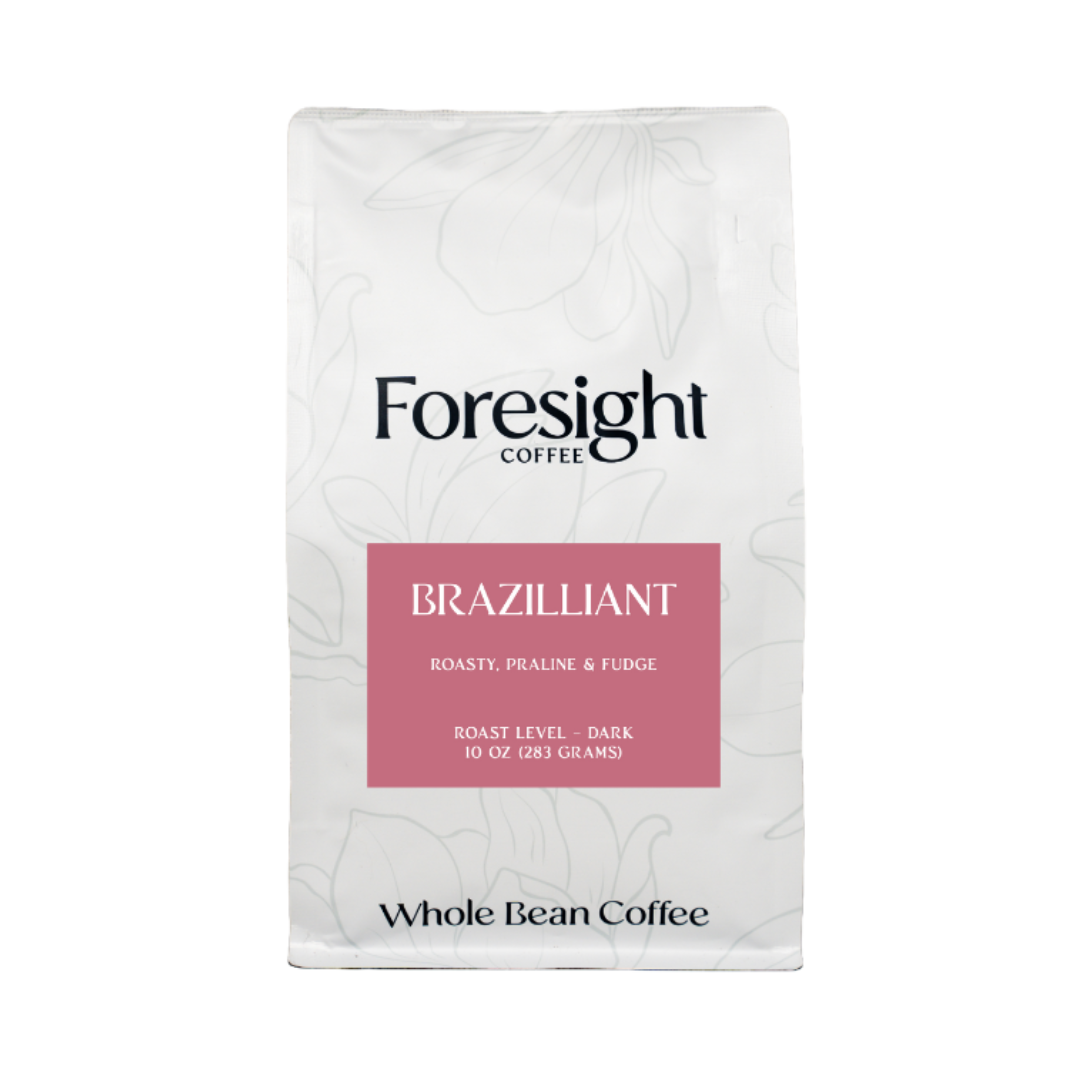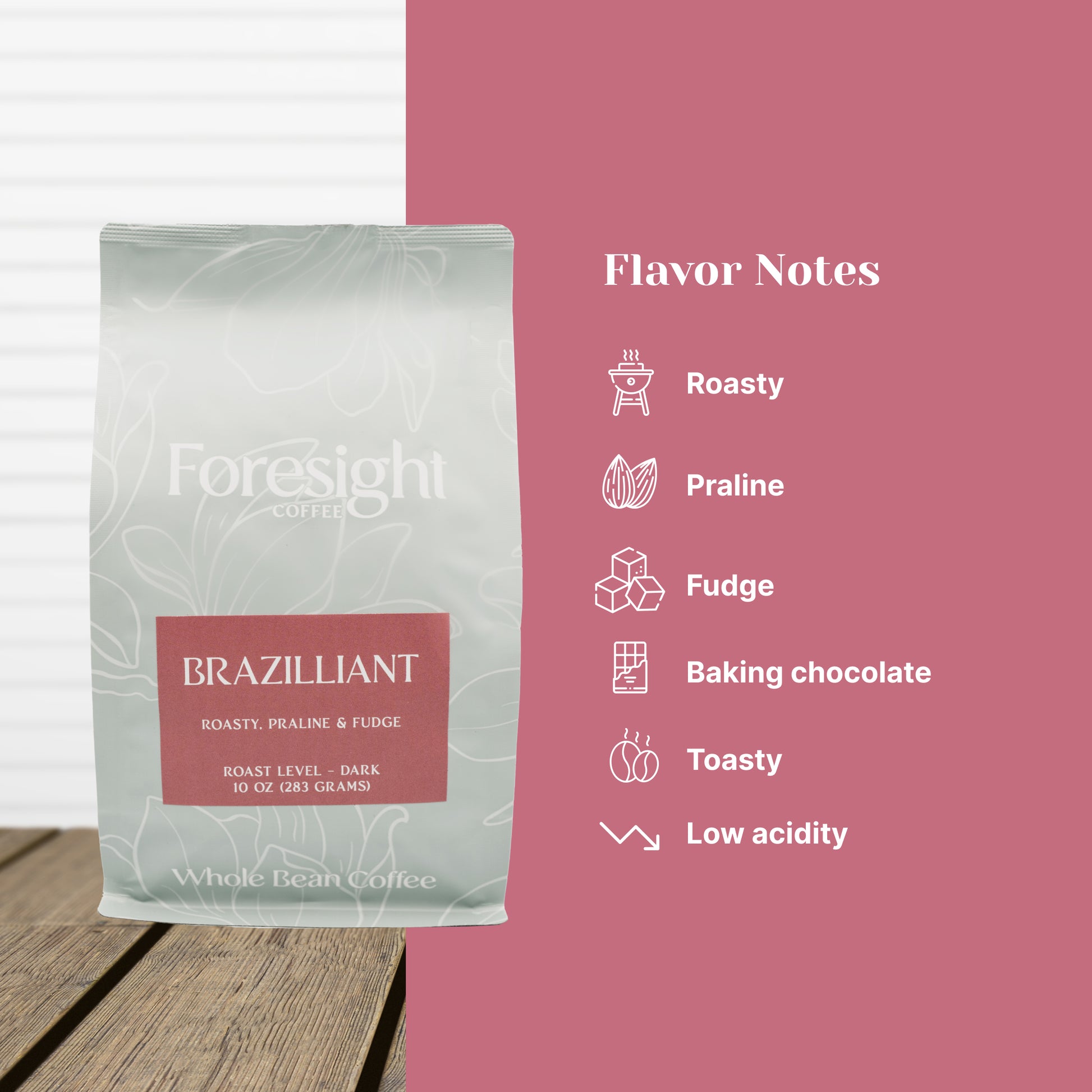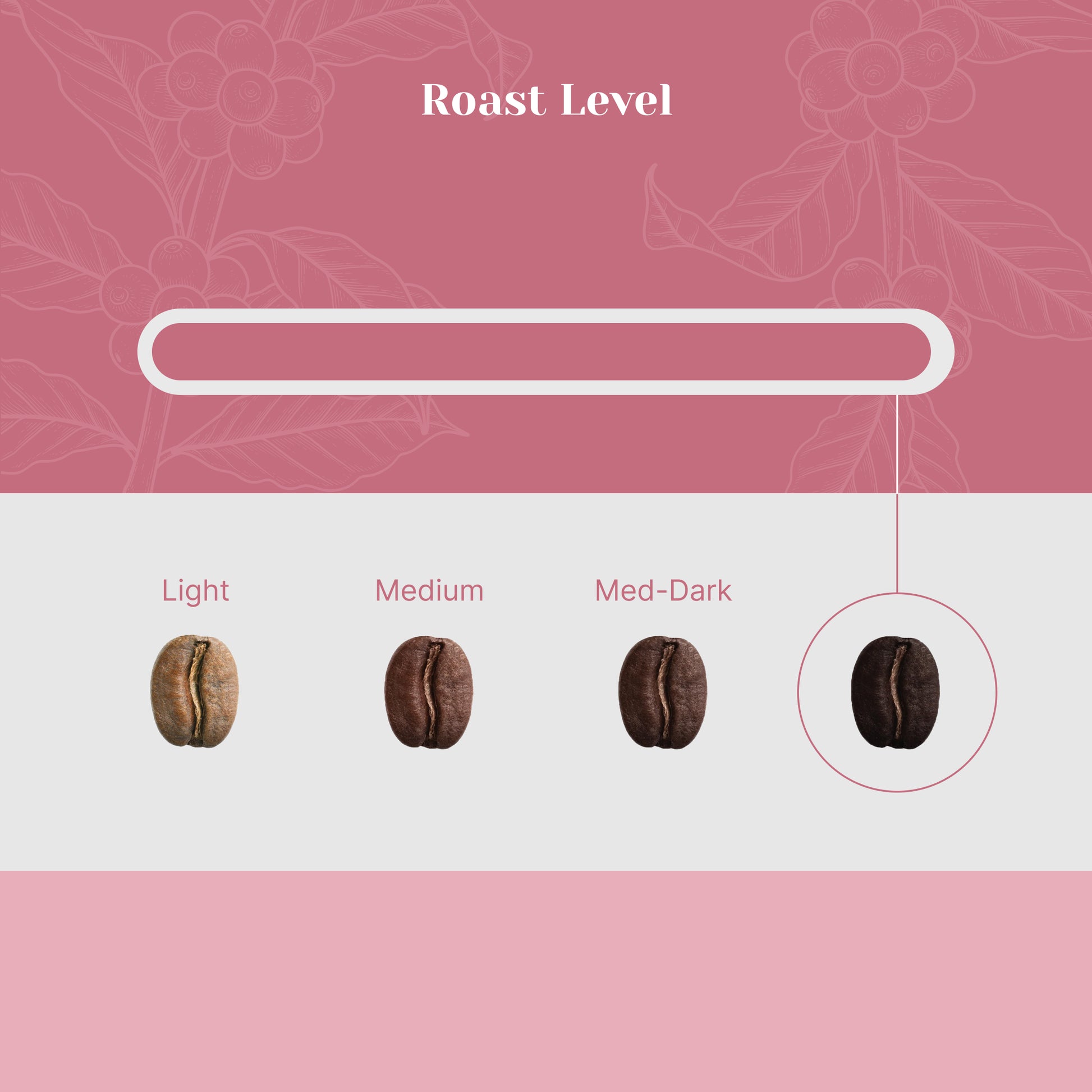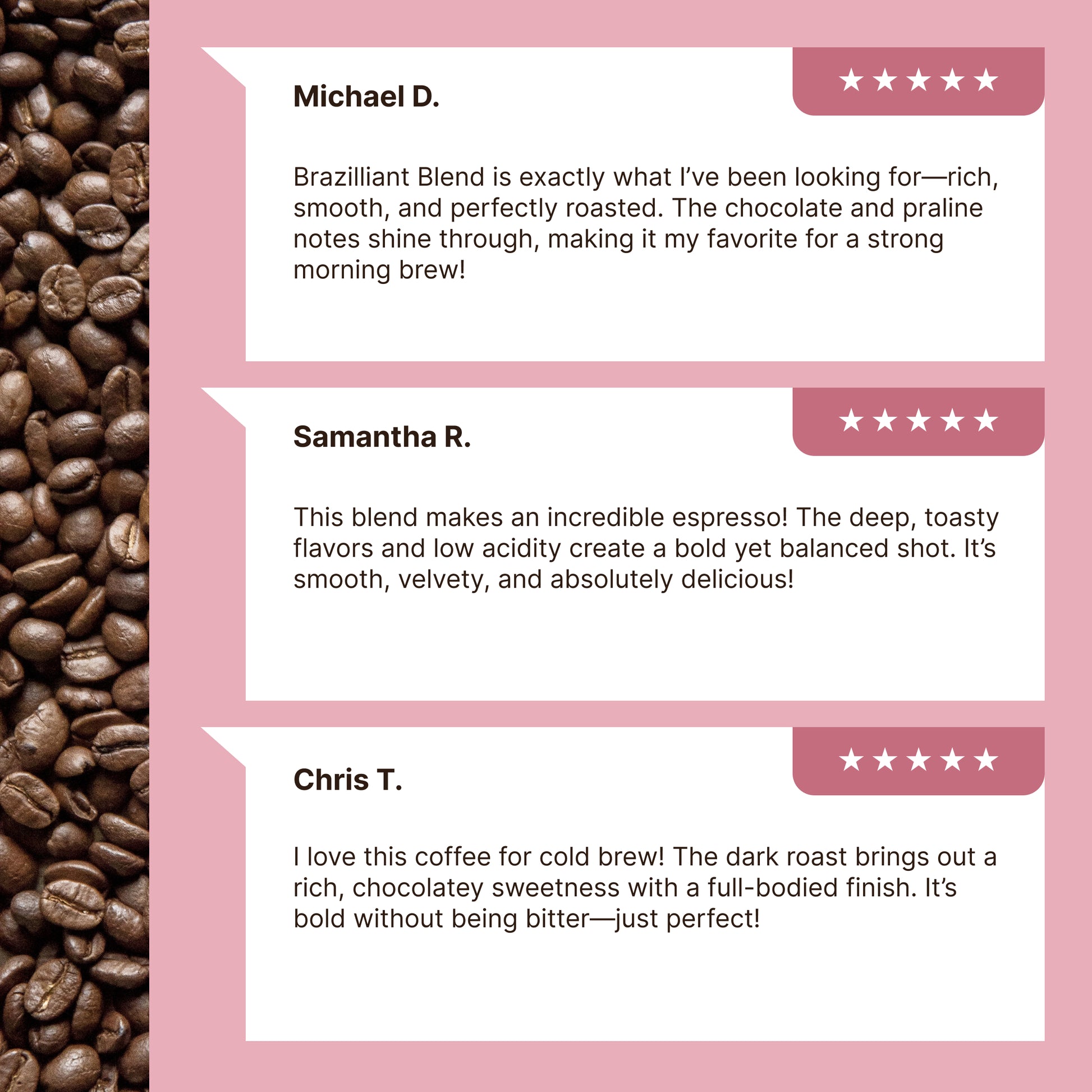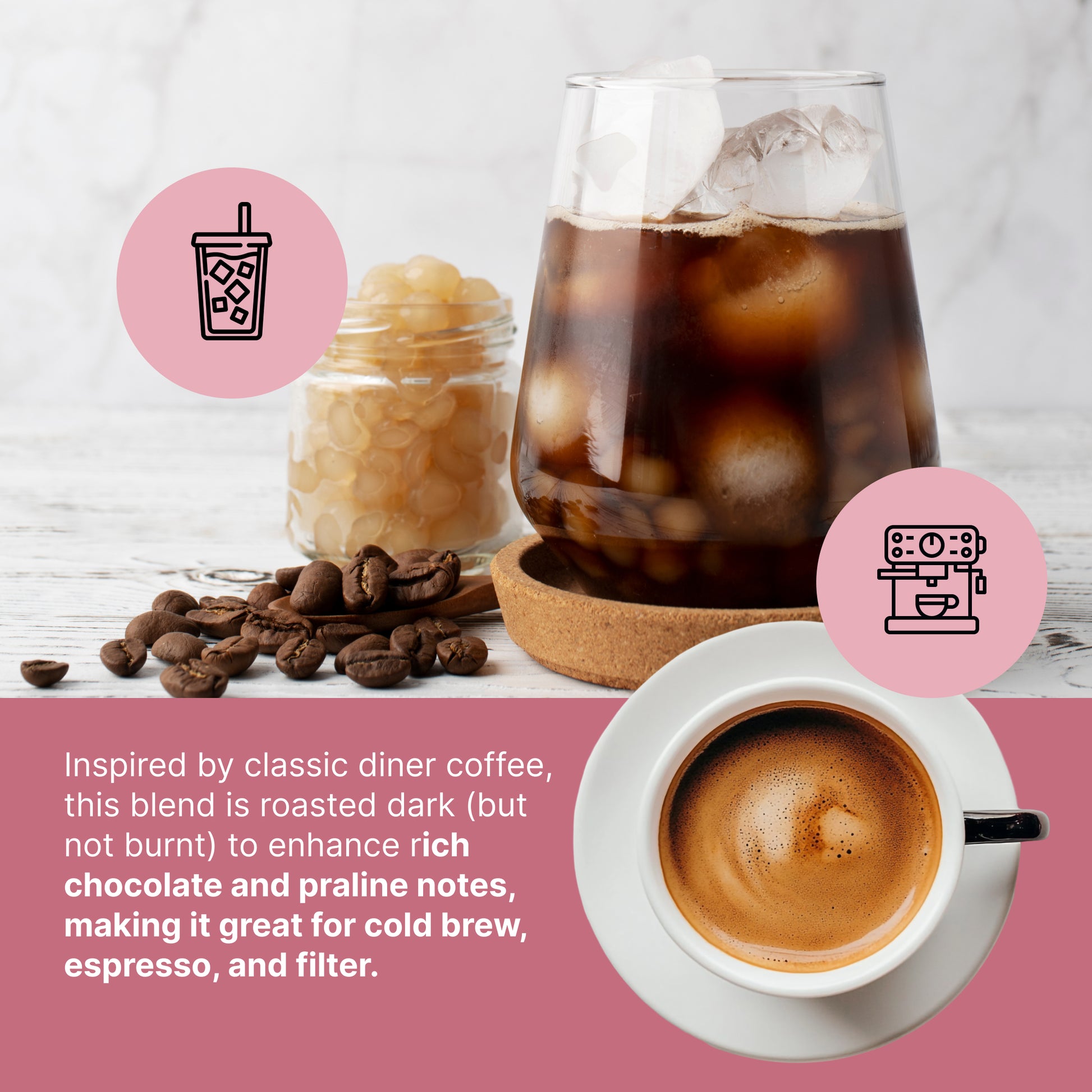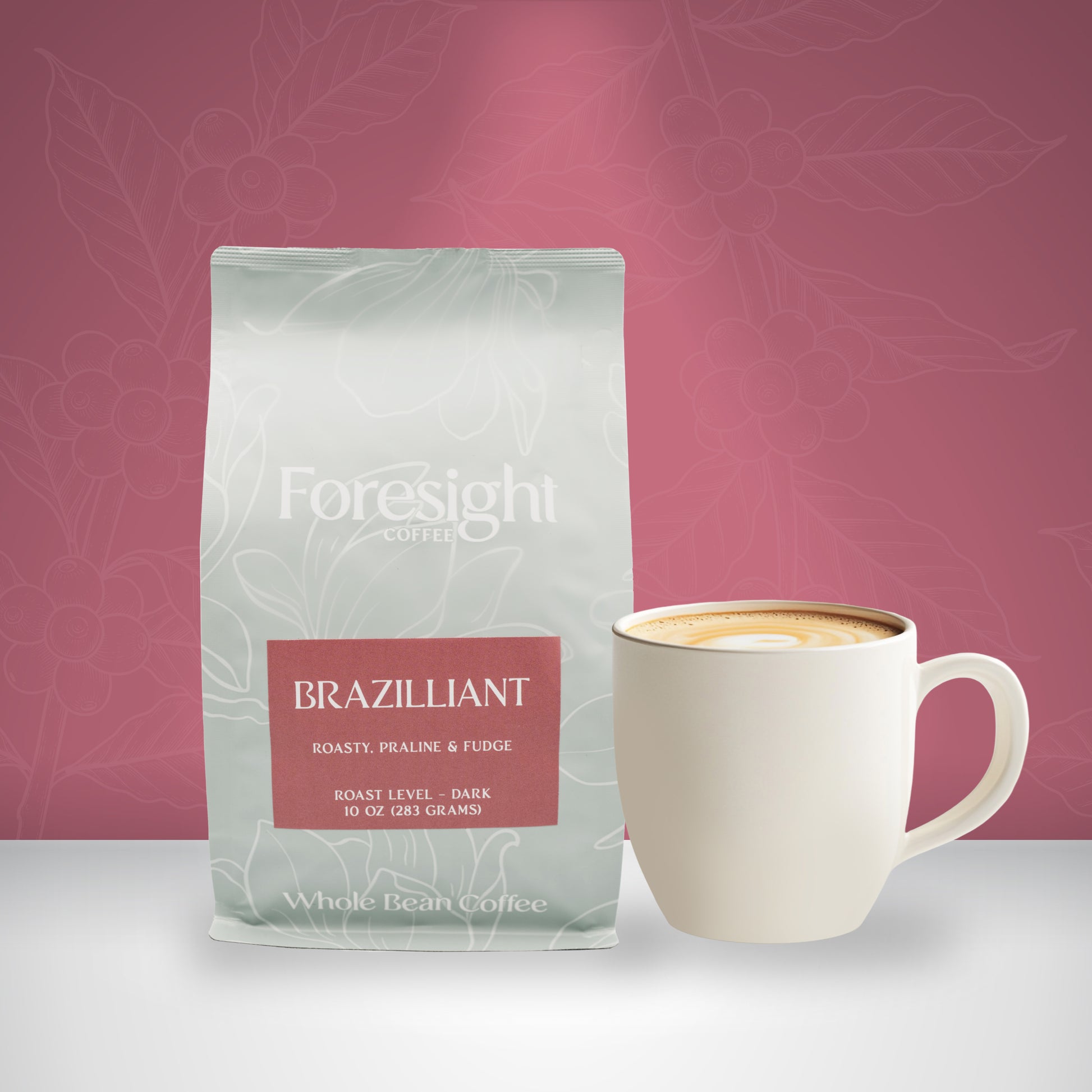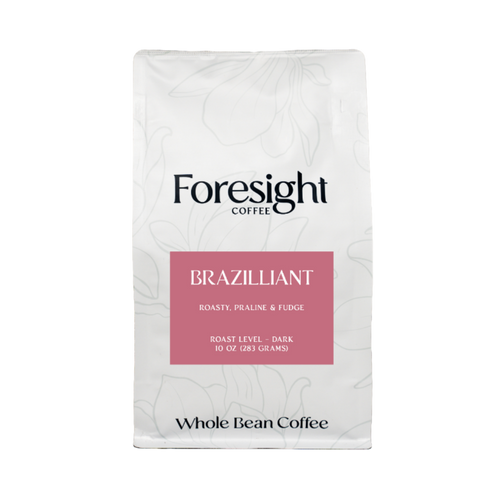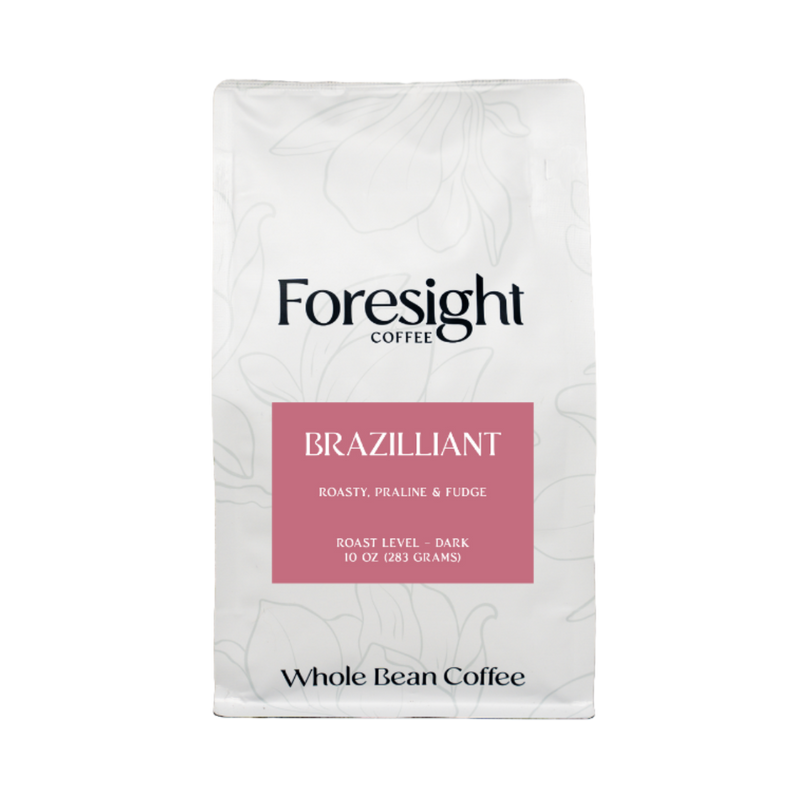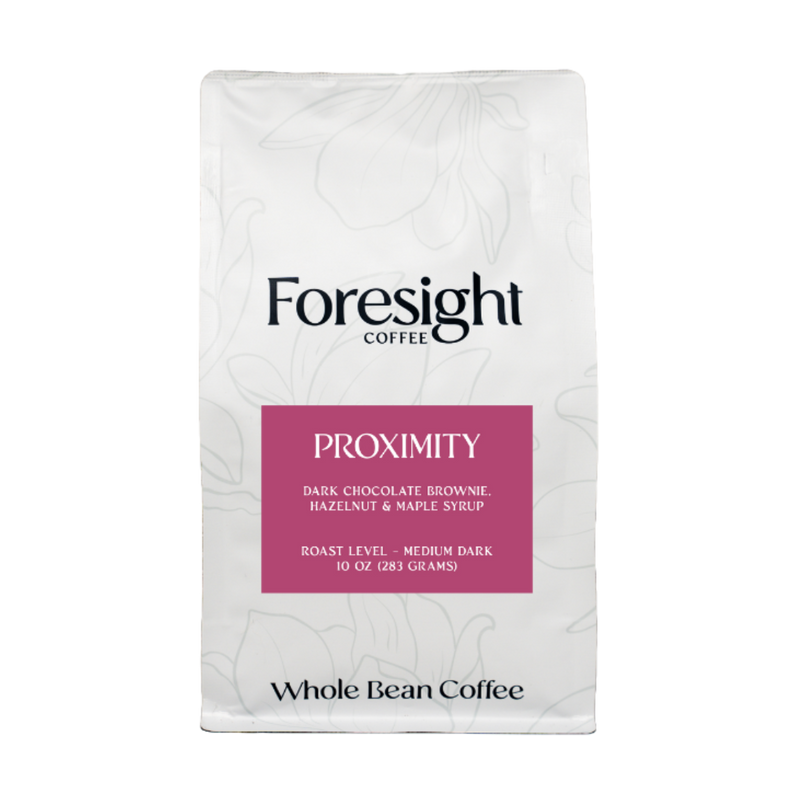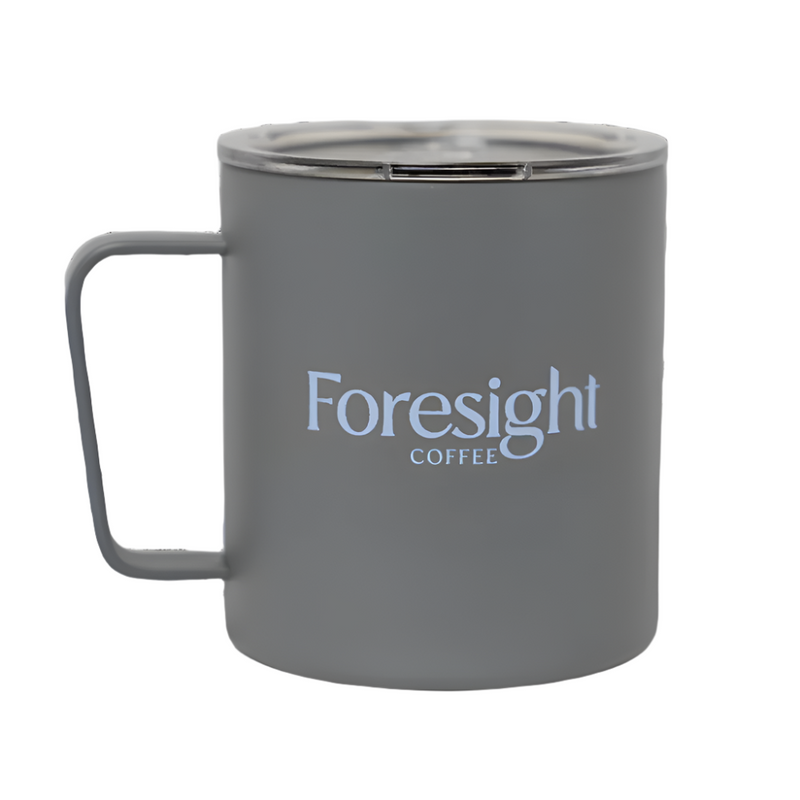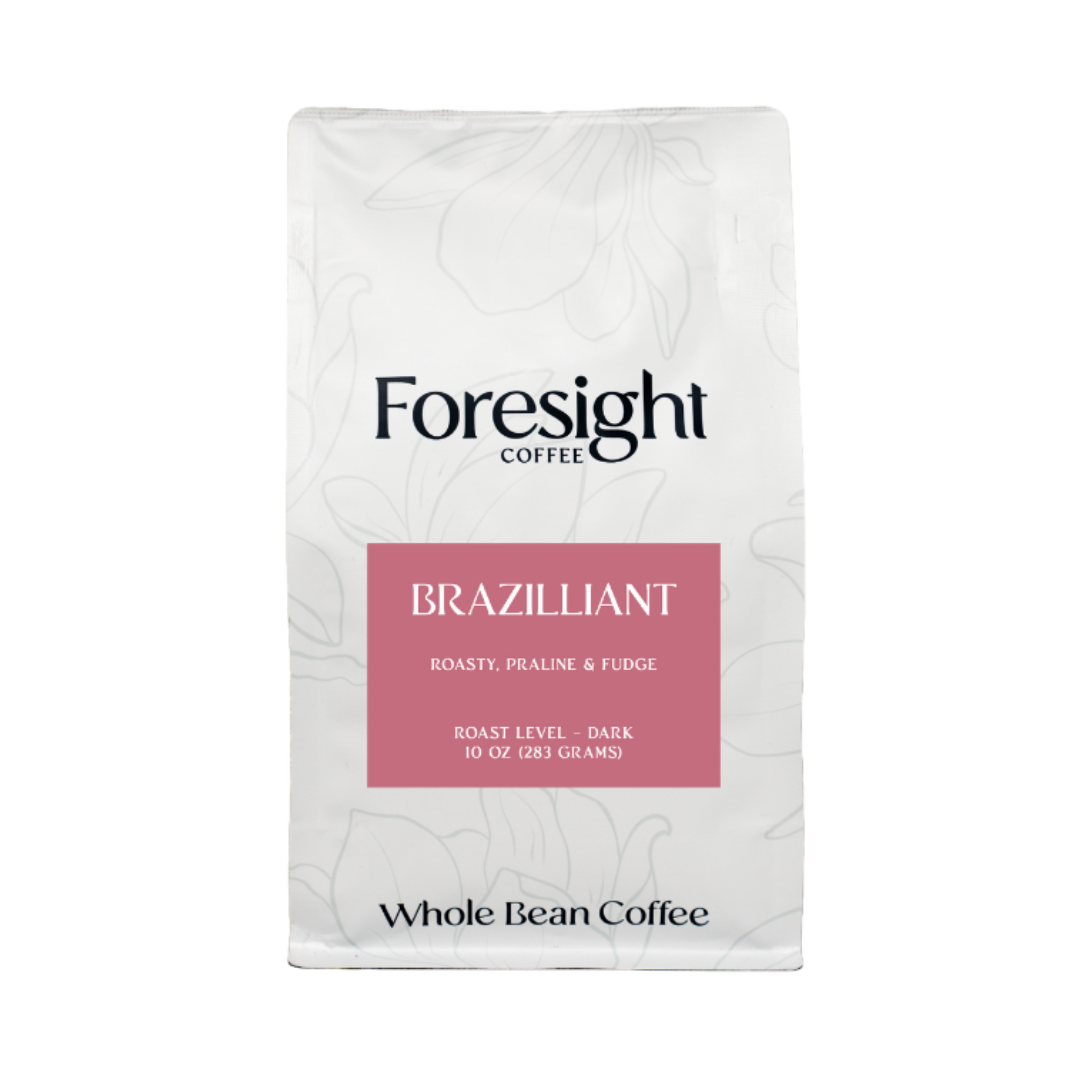
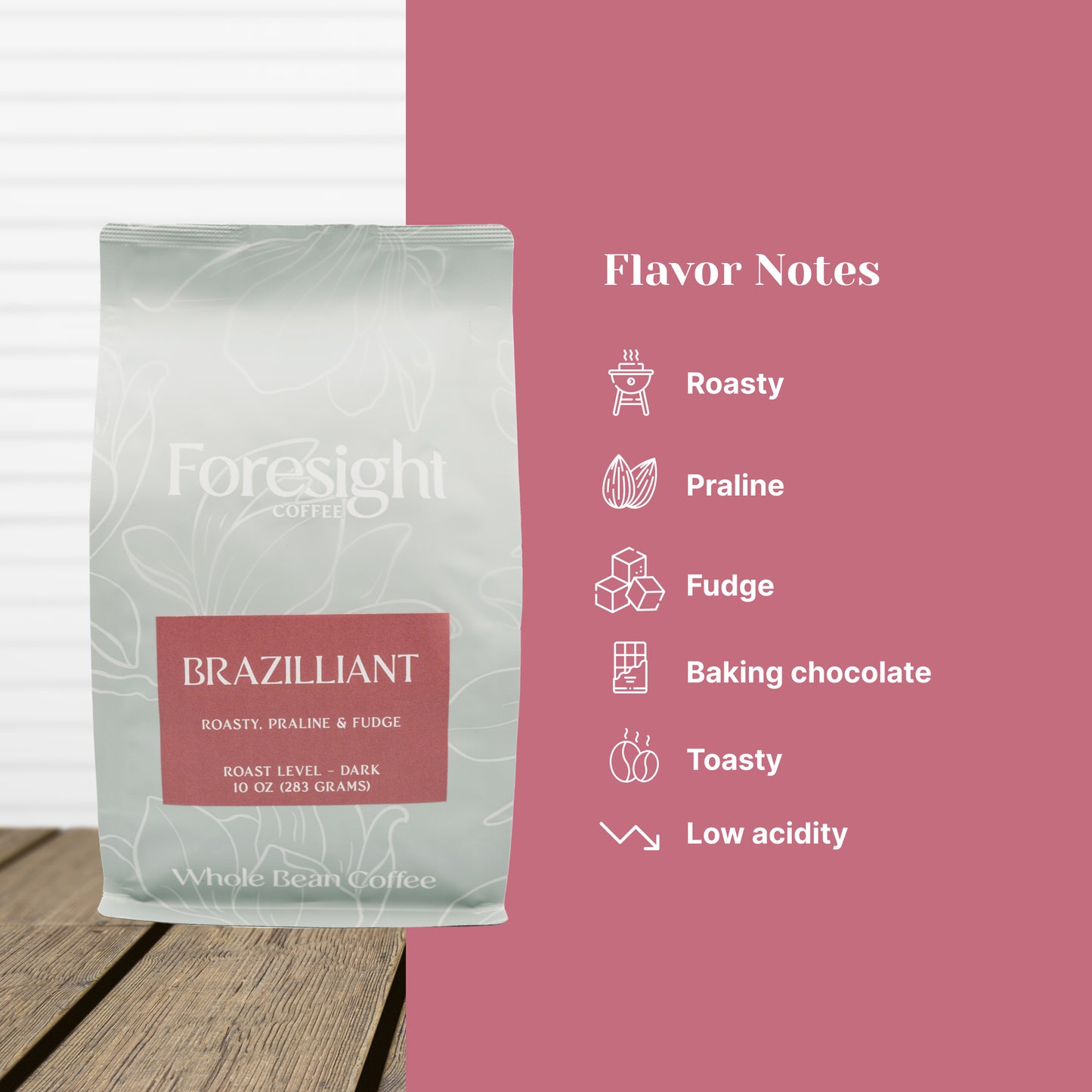
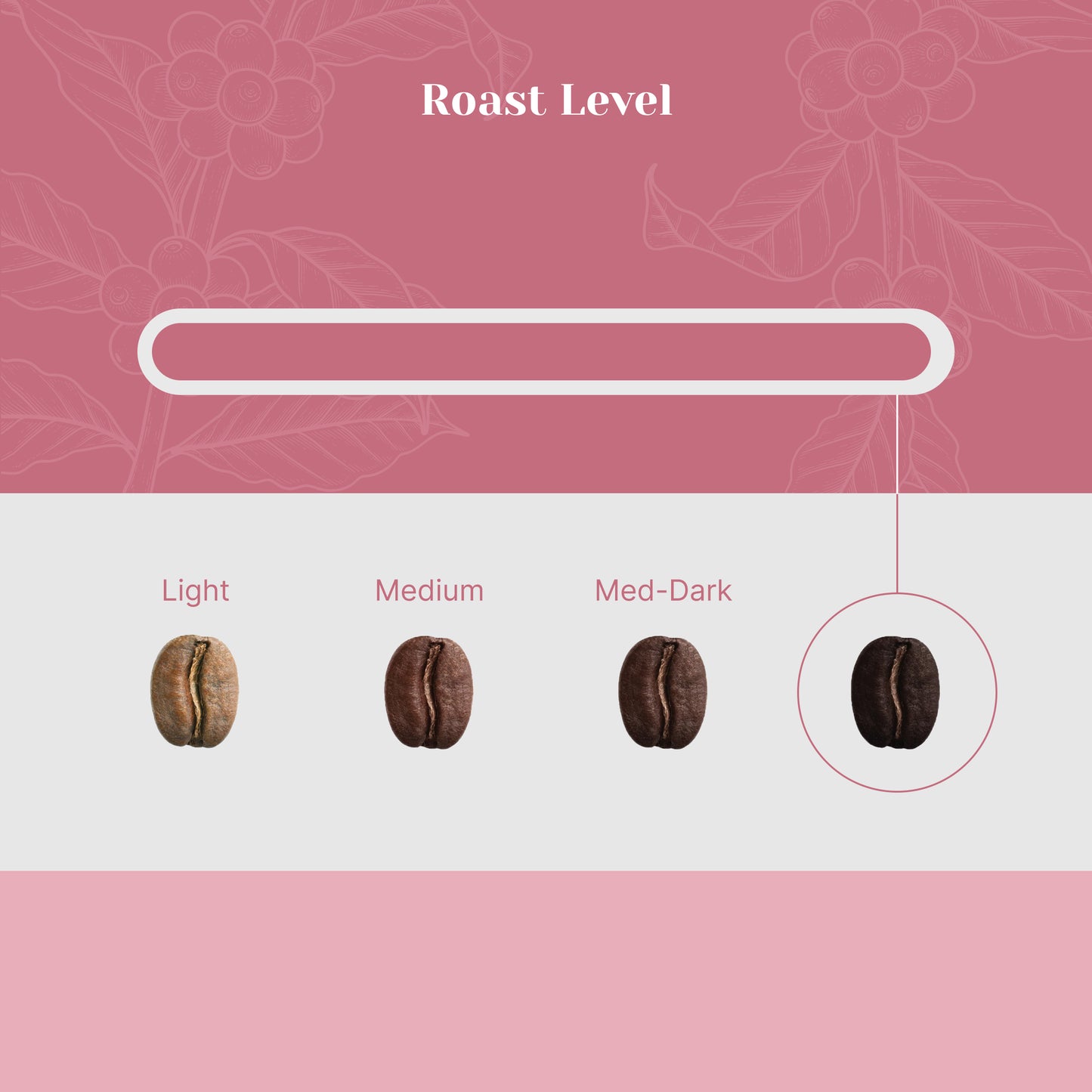
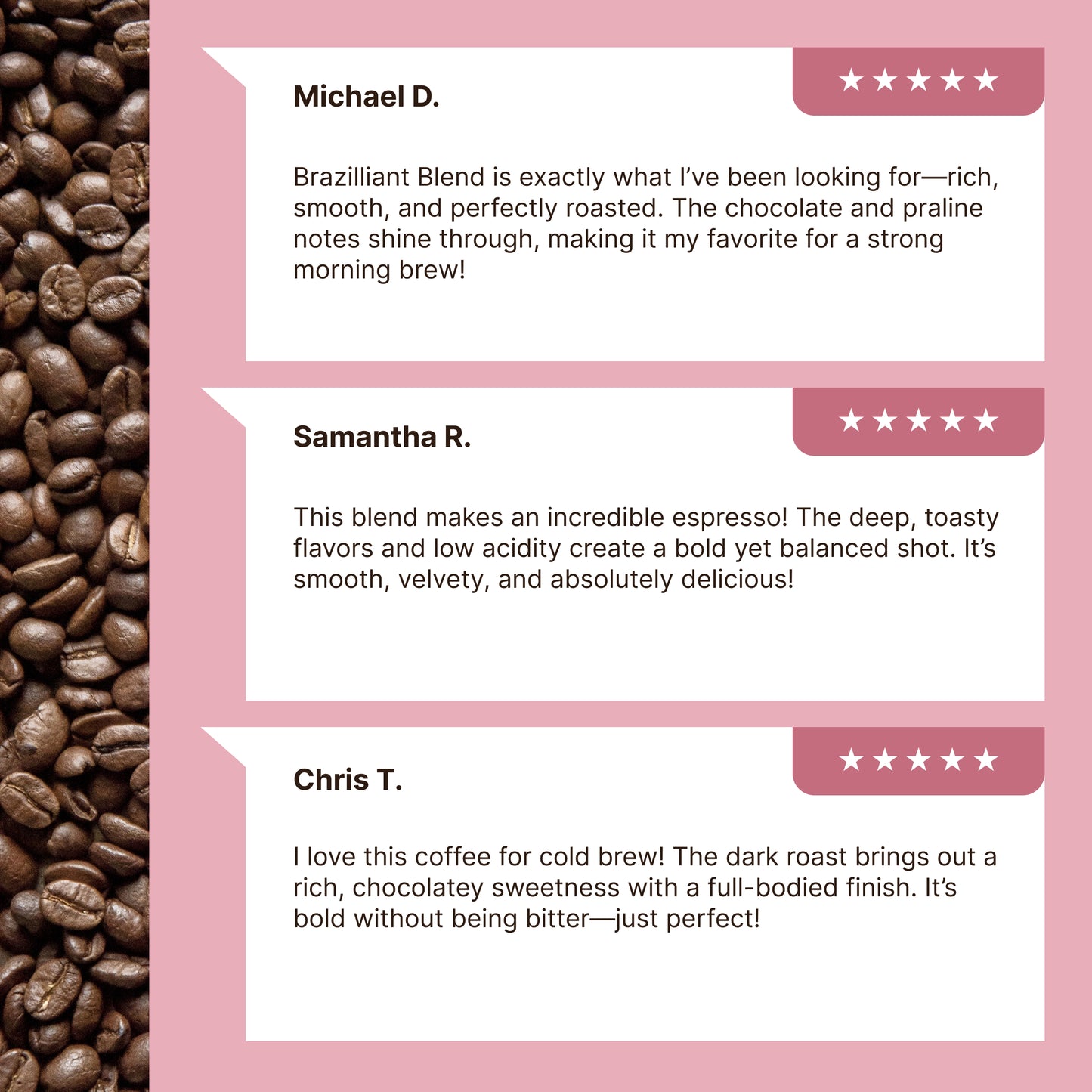
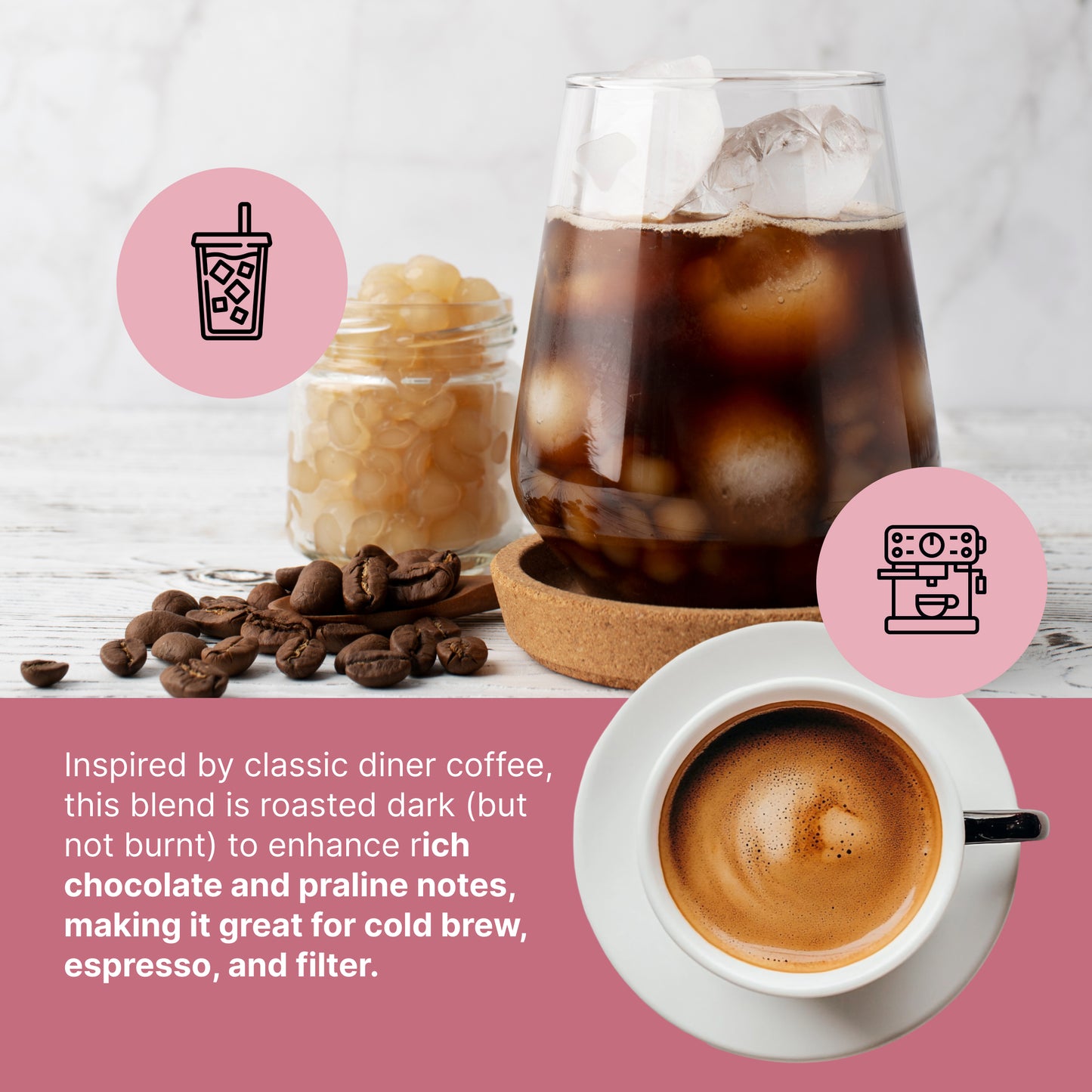
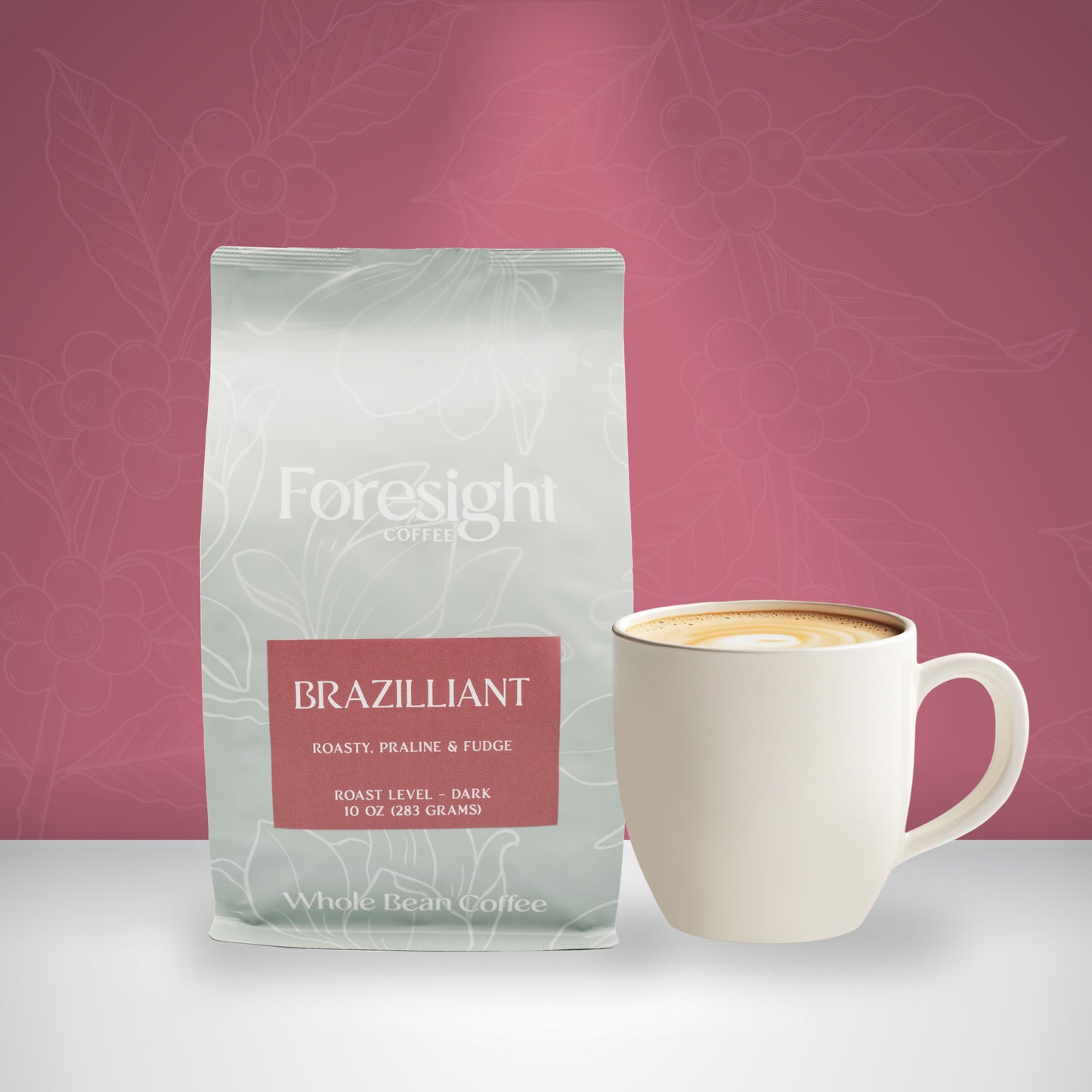
Exceptional Blends & Precision-Roasted
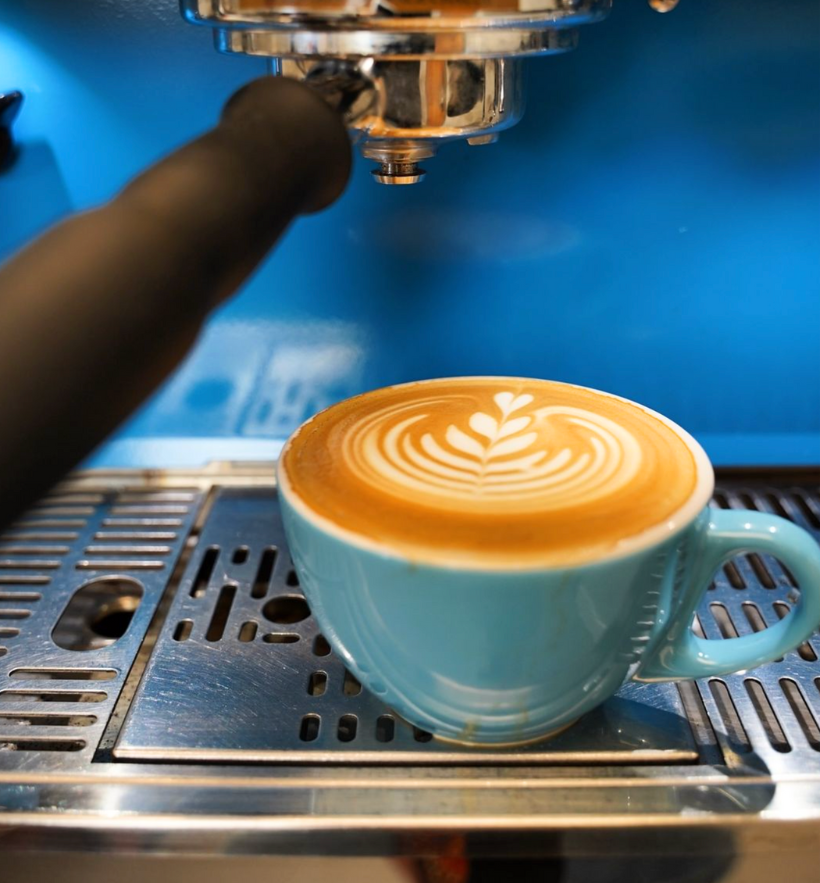
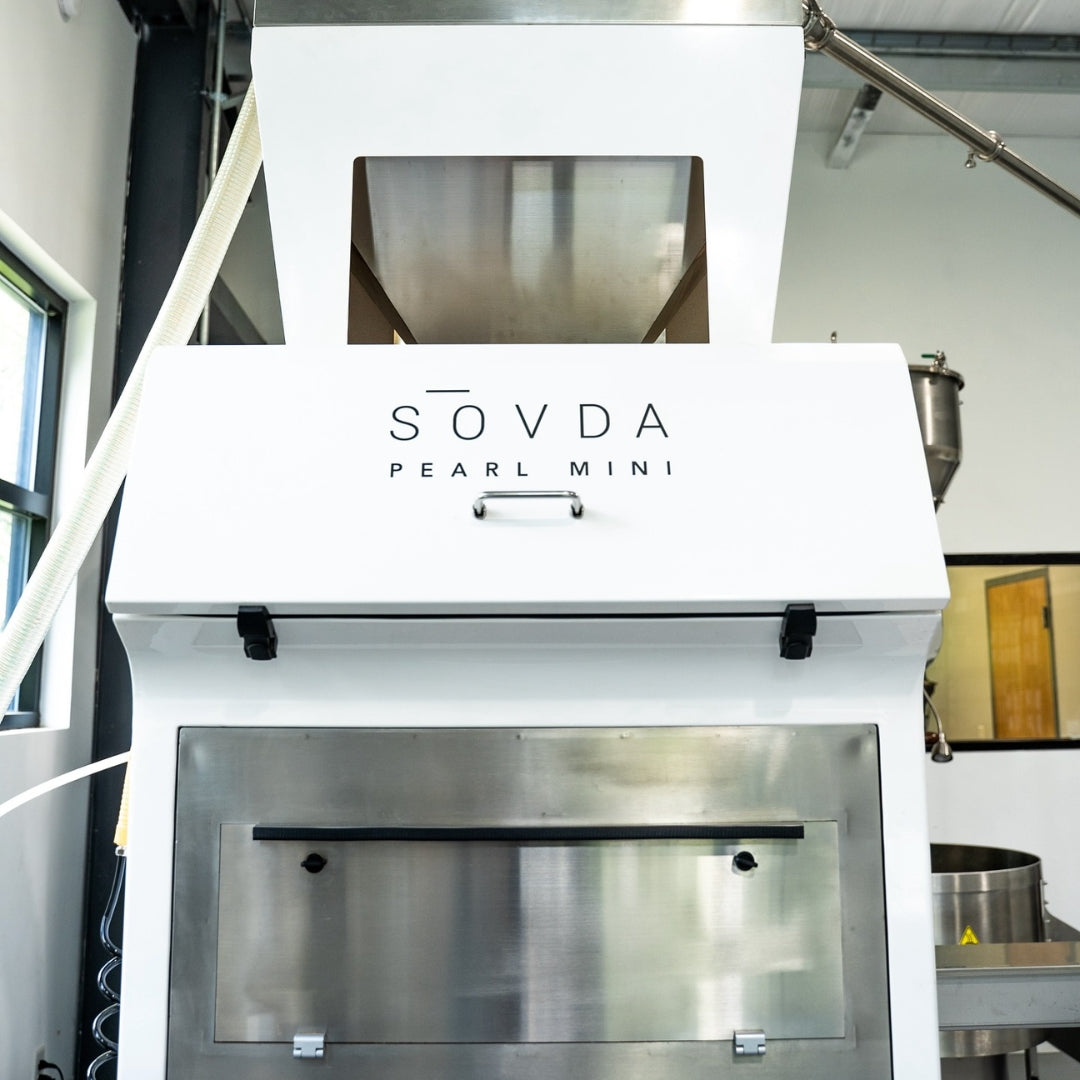
How We Sort Coffee
We go beyond traditional roasting by using the Sovda Pearl Mini, an advanced post-roast color sorting technology. This ensures that only the best, most perfectly roasted beans make it into your cup—giving you a smooth, balanced, and flavorful experience every time.
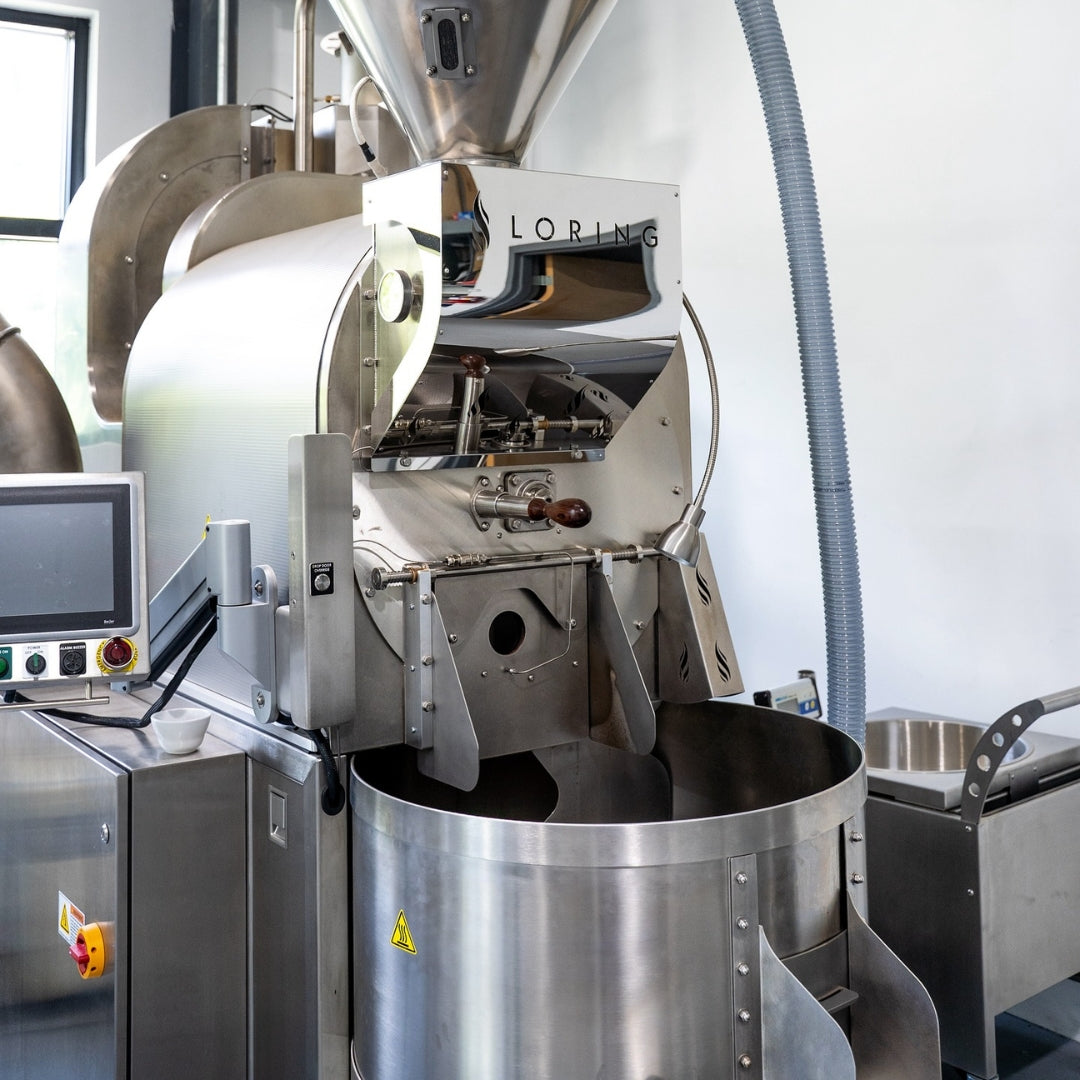
How We Roast Coffee
We roast every batch with precision using our state-of-the-art Loring S35 Kestrel, delivering consistent, vibrant, and full-bodied flavors. Our low-emission roasting technology enhances the natural characteristics of each bean while ensuring a sustainable, eco-friendly process.
After Buying Your Coffee
Testimonials
Experience the Foresight Difference
We combine cutting-edge technology, deep expertise, and hands-on experience to deliver exceptional coffee.
| Others | ||
|---|---|---|
| Next-Level Roasting | ||
| High-end equipment for precision | ||
| Certified Expertise | ||
| Wholesale Perks | ||
| Farm-Direct Knowledge | ||
| 14+ Years Experience | ||
| Unmatched Quality & Consistency |
Frequently Asked Questions
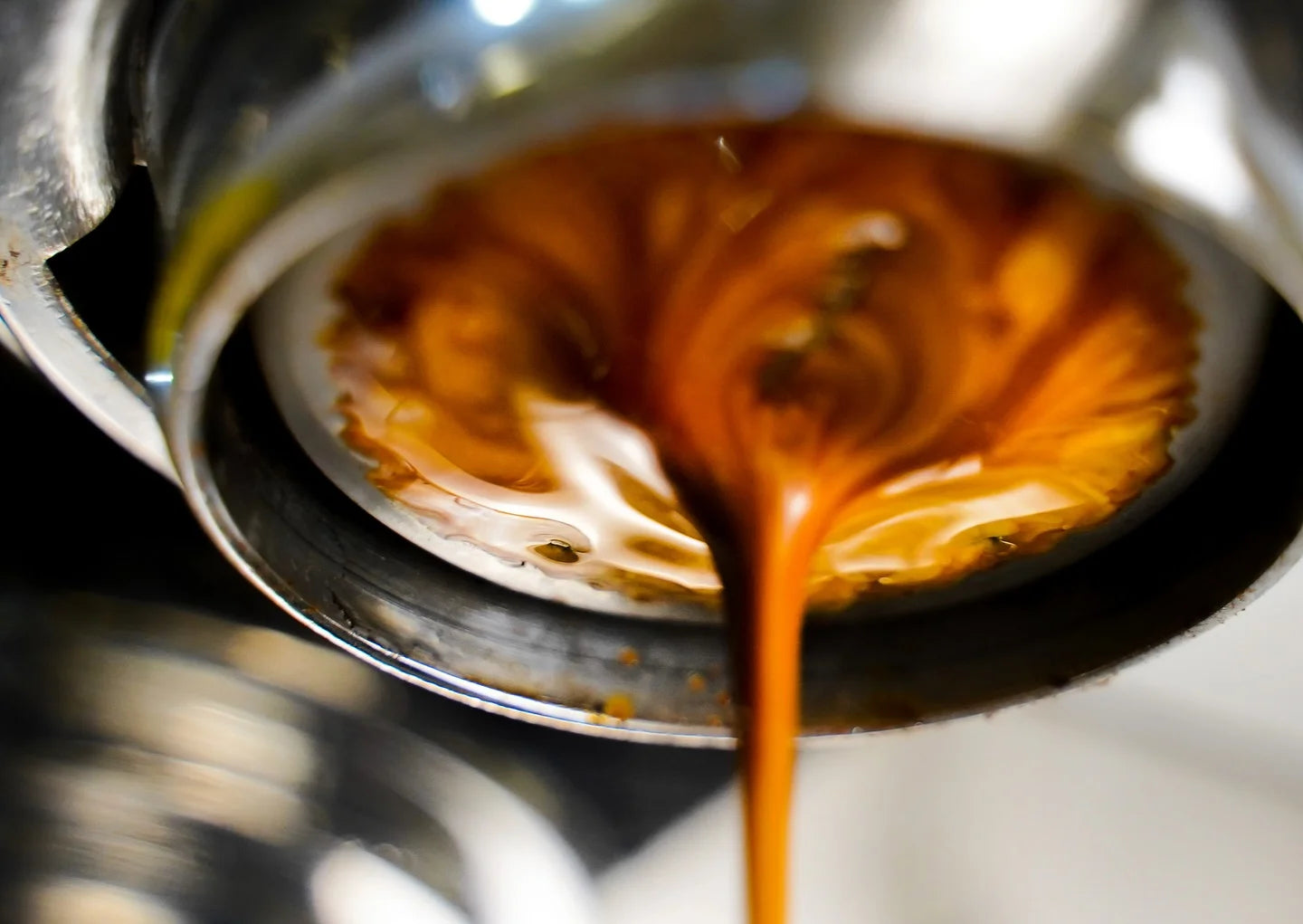
What is a single origin coffee?
What is a single origin coffee?
Single origin coffee refers to coffee beans sourced from a single geographic location, allowing for a unique flavor profile that reflects the specific terroir (soil, climate, and altitude) of that region, often considered a higher quality coffee due to its traceability and distinct characteristics compared to blended coffees.
What is a coffee blend?
What is a coffee blend?
A coffee blend is a mixture of coffee beans from different origins, such as different countries, regions, or farms. The goal of blending is to create a balanced, consistent flavor profile year round.
What is the terroir and how does it affect coffee?
What is the terroir and how does it affect coffee?
"Terroir" in coffee refers to unique characteristics of the soil, climate, altitude, and topography in which a specific coffee grows. It directly influences the coffee's acidity, sweetness, body, and overall flavor complexity.
How long should coffee “rest” after it is roasted before it is consumed?
How long should coffee “rest” after it is roasted before it is consumed?
According to many coffee professionals, coffee roasted on a Loring should ideally rest for between 5 and 14 days after roasting before consumption, with the exact time depending on the roast level (light roasts needing longer rest than dark roasts) and your desired flavor profile; generally, medium roasts should rest for around 7 days, while light roasts might need up to 2 weeks to fully degas and develop optimal flavor.
What is a coffee varietal?
What is a coffee varietal?
A "coffee varietal" refers to a specific type or variety of coffee plant, essentially a distinct genetic variation within a coffee species which results in unique flavor characteristics depending on the growing conditions and the specific genetic traits of that particular varietal.
What is a “washed processed” coffee?
What is a “washed processed” coffee?
Washed process coffee is coffee that has been processed by removing the fruit and organic matter from the bean, then washing and drying it. This process is also known as wet processing.
What is a “honey processed” coffee?
What is a “honey processed” coffee?
Honey process coffee is coffee that's been processed using a method that leaves some of the fruit's mucilage on the bean. The mucilage gives the coffee a sweet, sticky flavor and a golden amber color, similar to honey.
What is a “natural processed” coffee?
What is a “natural processed” coffee?
Natural process coffee is coffee that's processed by drying the entire coffee cherry without removing the fruit. This process is also known as the "dry process" or "natural sundried" process.
How does the elevation that a coffee is grown affect the taste?
How does the elevation that a coffee is grown affect the taste?
The elevation in which a coffee is grown affects flavor by slowing down the growth rate of the coffee plant, which allows for more complex sugars to develop. This results in coffee with more distinct flavors, more acidity, and more aroma.
What is a certified Q grader?
What is a certified Q grader?
A coffee Q grader is a certified professional who evaluates coffee quality using the standards set by the Coffee Quality Institute (CQI) and the Specialty Coffee Association (SCA). Q graders are also known as "Quality Graders". Jason, one of Foresight’s owners, is a licensed Q Grader.
Why do you cup coffee as opposed to just drinking coffee?
Why do you cup coffee as opposed to just drinking coffee?
Coffee cupping is important because it provides a standardized method to objectively evaluate the flavor profile, quality, and consistency of a coffee bean, allowing Foresight Coffee to assess different origins, roast levels, and brewing methods to make informed decisions about purchasing, roasting, and blending coffee, ultimately ensuring a high quality product for consumers.
Why do you sort your coffee with the Sovda after roasting?
Why do you sort your coffee with the Sovda after roasting?
Post-roast color sorting is important because it allows Foresight Coffee to remove defective beans that may not have been visible before roasting, leading to a cleaner, more consistent, and higher quality cup of coffee by eliminating beans that could negatively impact the flavor profile due to under-roasting, over-roasting, or other imperfections revealed during the roasting process.
